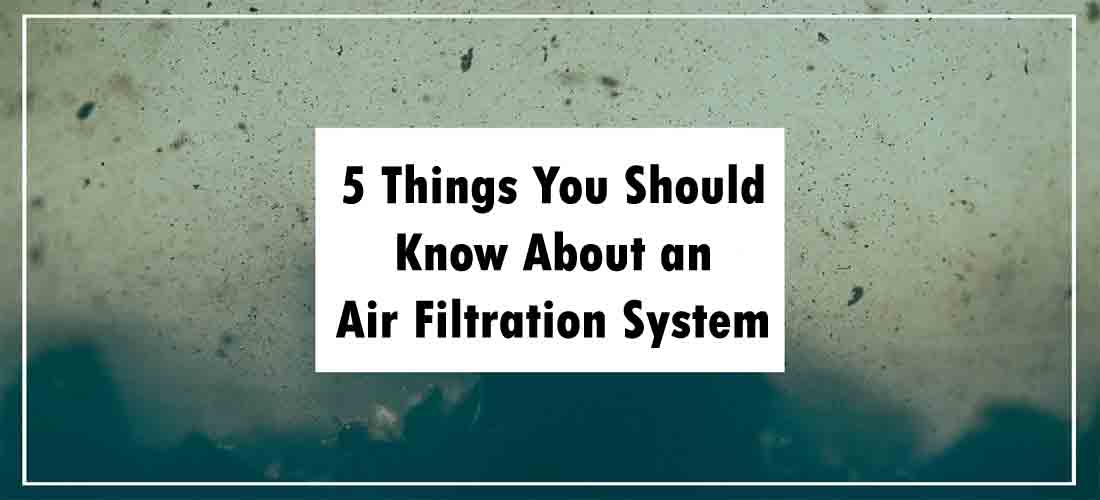The COVID-19 pandemic brought new norms that people continue to grapple with worldwide. For example, people had to stay home to avoid mingling with others outside their homes. During this crisis, an air filtration system could help keep the air within your home clean, eliminating all the droplets that could harbor the harmful virus.
When shopping for an air filtration system, there are many options. However, not every product on the market will deliver the best results. Many air purifiers are substandard, and many manufacturers provide only vague explanations about their products. Others exaggerate the health benefits of their products.
Before you spend money on an air purifier, here are five things you should know about an air filtration system:
Check the system’s CADR rating
The Association of Home Appliance Manufacturers (AHAM) gives each air purification product a specific number. Known as clean air delivery rate (CADR), it helps consumers understand the effectiveness of a particular device when filtering various particles for specific room sizes.
For instance, an air purifier with a CADR of 200 for pollen implies that the machine can minimize pollen concentration, similar to adding 200 cubic feet of fresh air every minute. Generally, the higher number, the more particles the system can remove, and the larger the space it can clean.
Confirm the type of air filtration technology
You need to confirm the right filtration technology before paying for your preferred air filtration system. Different types of air purifiers can handle various kinds of indoor air pollution. You should confirm that you’re getting a suitable machine to address your specific needs.
For instance, HEPA air purifiers can eliminate up to 99.97% of particles of 0.3 micrometers. So far, HEPA filters are the best on the market, but there are carbon filters, PECO filters, and ionizers.
Consider noise level
Different air filtration systems deliver varying levels of noise. Some machines are too loud, which means they can’t be used regularly, especially if you want to relax in total silence. You should always check a system’s sound rating to give you a clear idea of what to expect in terms of noise, which can change based on the chosen fan setting.
Usually, the quietest machines on the market have a dB rating of between 20 and 40 at the lowest fan speed. On the other hand, the loudest air purifiers are rated between 50 and 70 dB and above. Comparatively, 30 dB is similar to a whispered conversation, 50 dB is like a normal conversation, and 70 dB is like a running vacuum.
Consider energy consumption
Air purifiers work at different rates, which can have a big impact on your overall monthly energy bill. To streamline your energy costs, you need to choose a unit that consumes below 100 watts on the highest end of its setting. For instance, you can choose an air purifier that uses between 20 and 80 watts on its highest setting.
You can use an online calculator from the Office of Energy Efficiency & Renewable Energy to help you know how an air filtration system would impact your overall annual energy expenses.
How much maintenance does it require?
For most air purifiers, the key maintenance is the replacement of the air filters. You need to know how often you’ll be replacing the filters. In perspective, HEPA filters take nearly one year before you can replace them, depending on the frequency of use. Activated carbon filters take about six months before replacement, while pre-filters generally last about three months. Some air filters are also washable for long-term filtration.
Conclusion
Buying an air filtration system could be one of the best decisions to make. However, you must know how to do it right the first time. The tips mentioned in this article can get you started in your search for the best air cleaning purifiers. Visit ECO INDUSTRY SOLUTIONS for the best quality air purifiers.
